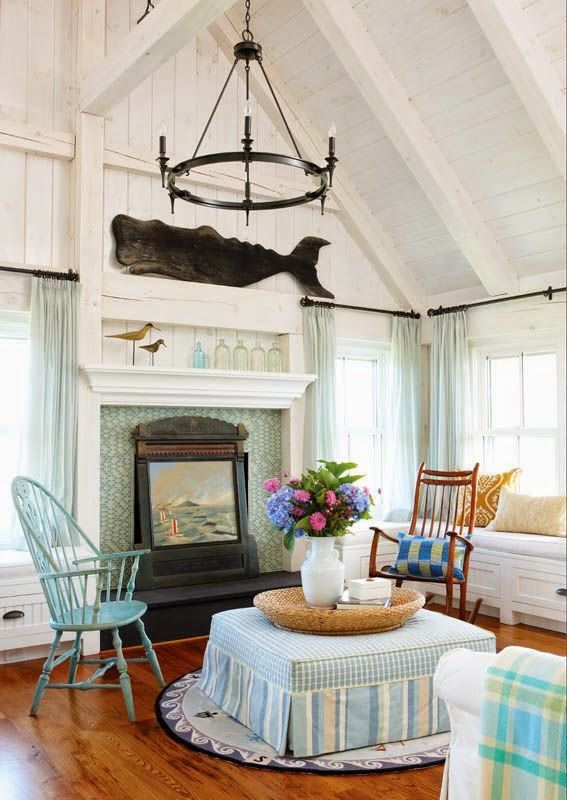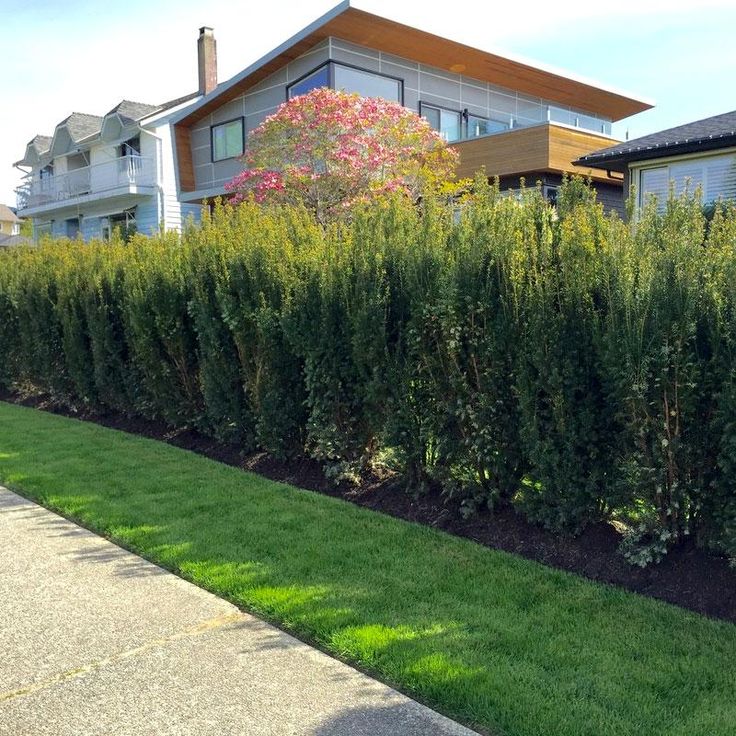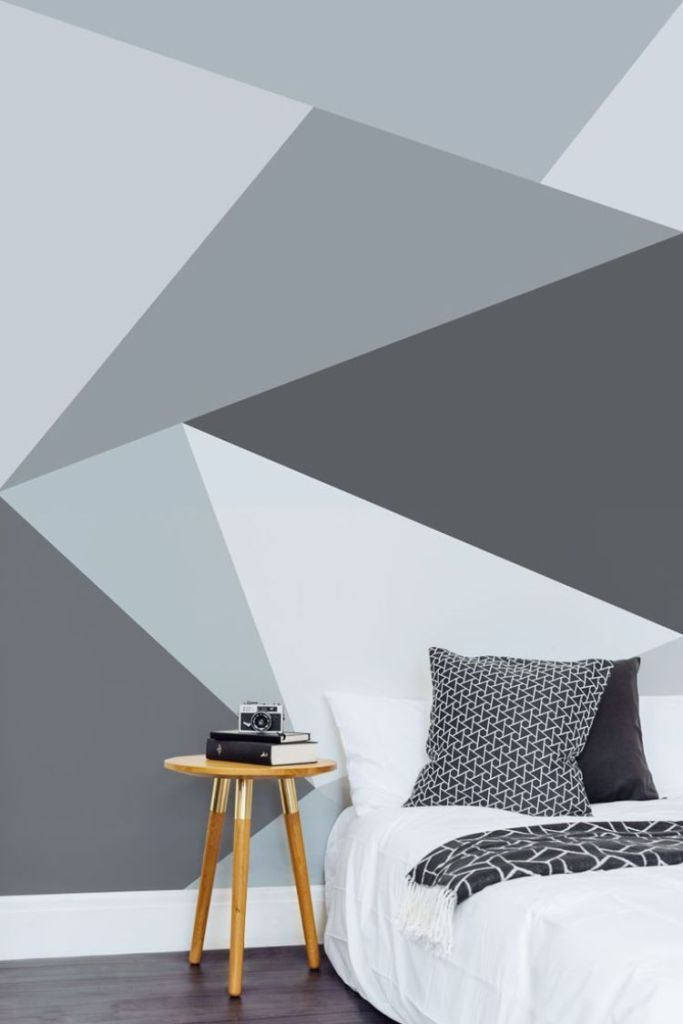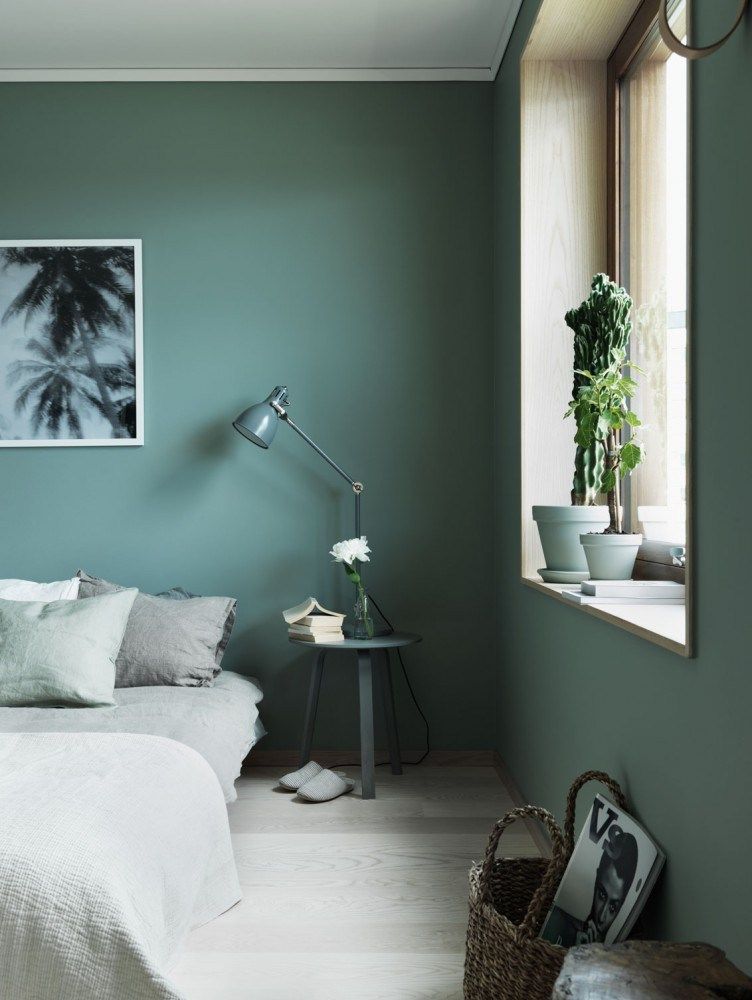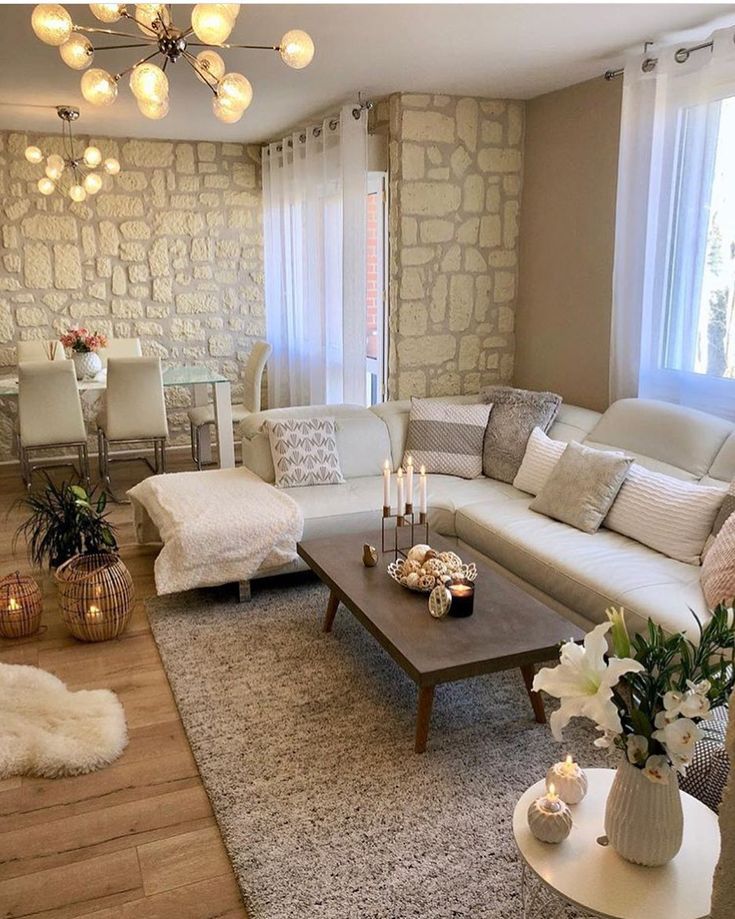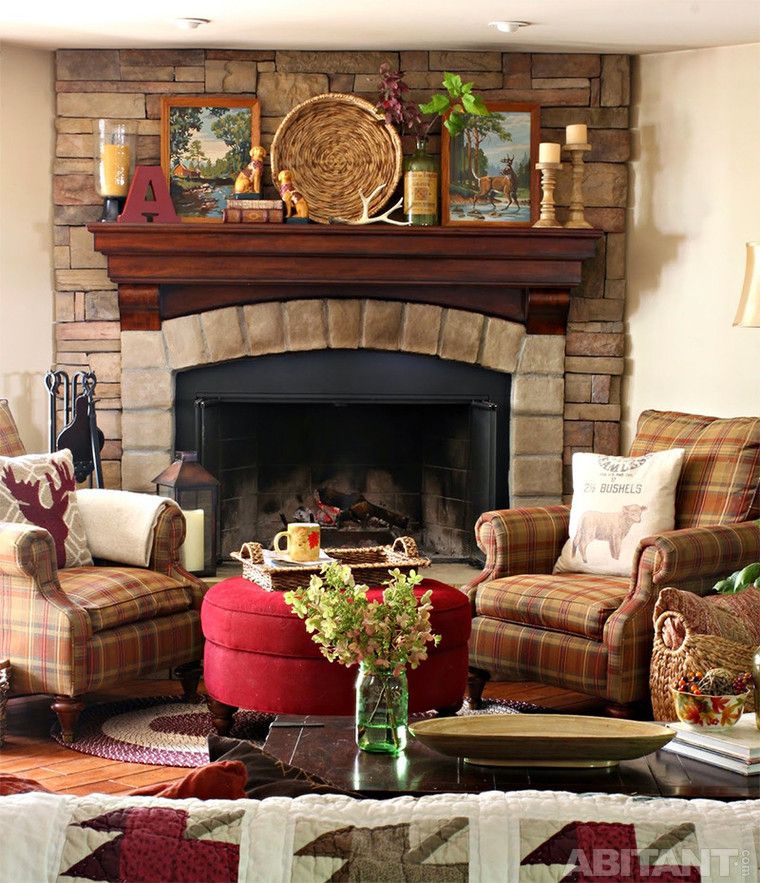New england coastal style
the look and how to get it |
New England coastal style puts a little bit of starch into breezy beachside living. Informed by its East Coast design heritage and with a strong maritime flavor, the look features deep navy alongside dress-shirt white, plenty of nautical motifs (more Admiral of the Fleet than jaunty 'hello sailor') and a certain shipshape elegance – so it's ideal if you're looking for a coastal take on blue room ideas for your home.
The smart, uniform decor suits any property, whether that's a beachside condo or an urban duplex. Just remember that any seaside location promises escape and new horizons, so always add a sense of ease and clubby relaxation into your New England coastal style schemes.
New England coastal style: land the nautical trend
'New England coastal style is heavily influenced by nautical themes. Materials like jute, driftwood, and shiplap are commonly used and evoke the sense of being on a beach or fishing wharf,' explains Grace Baena, Interiors Curator of Kaiyo . 'Even fixtures that are typically found in modern naval ships, such as cargo lighting and industrial chairs, are utilized in homes that follow this design.'
Whether you want a Cape Cod living room or you're simply search for coastal decor ideas to inspire the remodel of your home, we've spoken with experts and interior designers to find out the fundamentals of New England coastal style.
1. Nail the nautical influences
(Image credit: Simon Whitmore/Future)
Navy blue, sea-foam white, nautical stripes and seafaring motifs – from compasses and anchors to ships' wheels and bells – all figure in New England coastal style.
'There's a definite lean towards nautical motifs in traditional New England coastal decor,' says Kaitlin Madden, Executive Editor, homesandgardens.com. 'The look is preppy, with lots of blue and white, and antiques mixed in.'
Keep the style light and contemporary by incorporating a mix of patterns and a curated blue and white color palette, grounded with dark wood and glints of brass and chrome.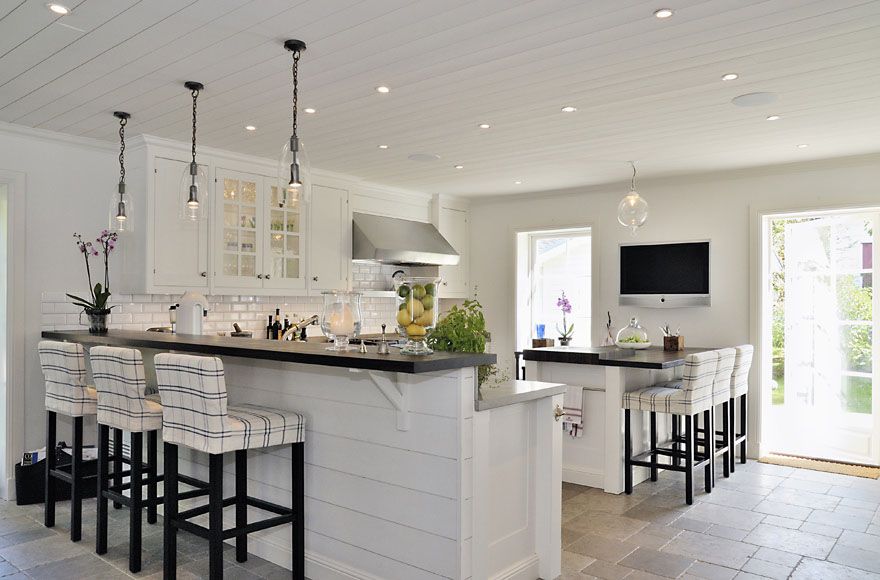
2. Go light and luxe in the kitchen
(Image credit: Humbert & Poyet/Francis Amiand)
In this small seaside cabin, the cabinetry and use of space has been inspired by boat cabin design.
'Everything was bespoke so as to include practical and functional storage – there's a cupboard under the bed and drawers built into the staircase,' explain designers Emil Humbert and Christophe Poyet of Humbert & Poyet .
'All the materials used are natural, with reclaimed marine wood paneling throughout the cabin. The combination of brass fixtures and Carrara marble in the kitchen adds a touch of discreet luxury.'
3. Aim for easy elegance
(Image credit: Georgia Zikas Design/Jane Beiles)
A coastal home can feel like a sanctuary and escape from everyday life, so layer in soft furnishings, plump cushions and plentiful fabric to accentuate the air of ease and relaxation.
'Textiles should be natural and have inherent texture – slubby linens, crisp cottons, soft comforters,' explains Andréa Childs, Editor of Country Homes & Interiors magazine.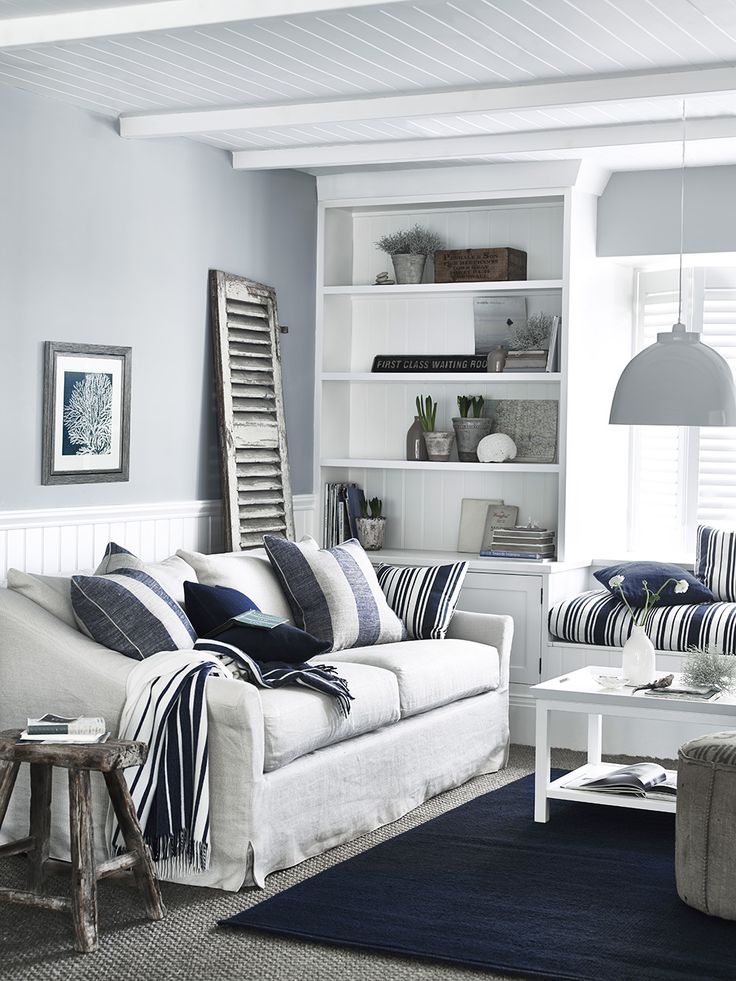 'Introduce subtle pattern and details such as ruffles and gathers, to bring a luxurious touch.'
'Introduce subtle pattern and details such as ruffles and gathers, to bring a luxurious touch.'
4. Use mirrors for decoration
(Image credit: Tom Leighton/Future)
Shining against a dark blue wall, these reflective 'portholes' bring interest to a simple New England coastal style bathroom.
'Decorating with mirrors will add instant glamor and interest while also increasing natural light and maximizing the sense of space in your home,' says Jennifer Ebert, Deputy Editor (Digital) of homesandgardens.com.
For extra design credentials, you could intersperse the display with shells or resin coral shapes, to enhance the seashore theme.
5. Brighten up a deck
(Image credit: Humbert & Poyet/Francis Amiand)
Transform deck ideas or front porch ideas to create an outdoor space filled with New England coastal style. For this feelgood terrace by Humbert & Poyet, the designers aged larch flooring with white paint, then added a custom bench and table to make the most of the small space.
The rush covering on the ceiling, and driftwood hanger for the chair, add a toes-in-the-sand, easy breezy feel while still remaining elegant.
6. Sit down on stripes
(Image credit: Benjamin Moore)
Reminiscent of ice-cream parlor awnings, swim towels and cheerful beach umbrellas, blue and white stripes are a key component of New England coastal style.
You can decorate with stripes across your interior furnishings and accessories – for drapes, blankets, lampshades and even dinnerware – but a blue and white stripe sofa ticks all the nautical style boxes.
Switch up between broad and narrow, horizontal and vertical stripes, for a contemporary spin on this perennial trend.
7. Put up panelling
(Image credit: Polly Eltes/Future)
Shiplap panelling can be found both inside and outside New England and Cape Cod houses – or any property leaning into a beach-inspired look.
'To create a quaint, New England coastal style home, go for wainscotting or panelled walls,' suggests Amy Stansfield, Content Creator at Wallsauce . 'If you are handy at DIY, use a level, spare wood and saw to create your own panelled wall and paint it afterwards to create the desired effect. Alternatively, opt for an easy to use panel effect wallpaper.'
'If you are handy at DIY, use a level, spare wood and saw to create your own panelled wall and paint it afterwards to create the desired effect. Alternatively, opt for an easy to use panel effect wallpaper.'
You could introduce paneling ideas for walls, or take the look up to the ceiling. Here, the white painted ceiling helps to the small roof space appear more airy, while using a deeper navy color on the low walls brings a comforting depth appropriate for a bedroom.
8. Be inspired by coastal colors
(Image credit: Dominic Blackmore/Future)
Whether you opt for a full-on nautical look or introduce a more subliminal take on New England coastal style, the fundamentals are the same.
'The New England coastal style is achieved by using natural materials such as wood, stone, and metal to create a rustic look,' explains Lily Wili, Founder of Ever Wallpaper . 'This style also incorporates neutrals such as whites, grays, and blues to create a calming atmosphere.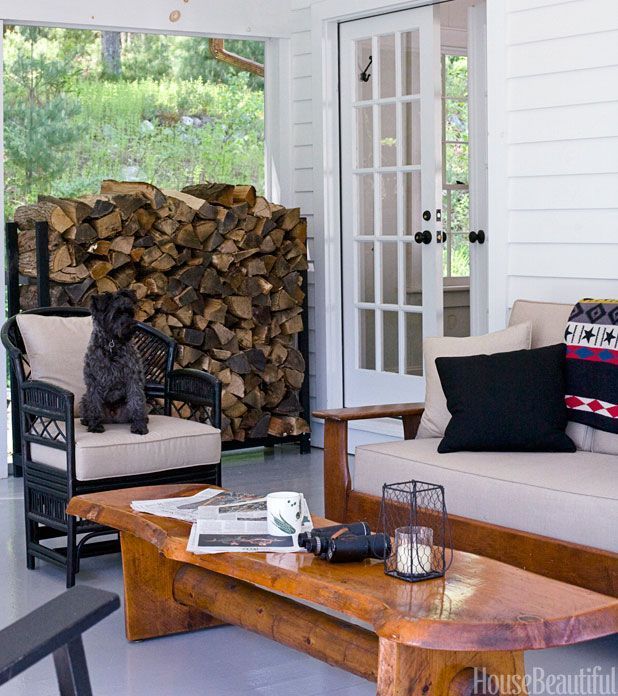 Furniture and decor are often simple and understated, allowing the natural elements of the room to take center stage.'
Furniture and decor are often simple and understated, allowing the natural elements of the room to take center stage.'
9. Incorporate antiques and elegant details
(Image credit: Georgia Zikas Design/Jane Beiles)
This blue dining room illustrates the elegance of New England coastal style.
'This look is more of a feeling than an exact formula for design. It's a mix of laidback luxury, historical charm and modern-day touches that create an overall calm and approachable environment, evocative of the way people live when near the beach or a body of water,' says Georgia Zikas of West Hartford-based Georgia Zikas Design .
'There is an overall easiness to the design, with no fuss and an emphasis on liveable fabrics, furnishings, and color palettes. I love to bring the outdoors in when I work on coastal projects in New England – be it through color, pattern or texture. This, alongside the incorporation of antiques or any pieces that connect to the history of New England, creates a truly unique and inviting design. '
'
10. Dive into pattern
(Image credit: Donna Elle Design)
'It’s essential to incorporate quintessential tones of greens, blue, grays and neutrals, mixed with patterns on textiles and wallpaper,' says Nantucket designer Donna Elle, Founder and Principal Designer at Donna Elle Design . 'Shades of hand-rubbed stains and varying treatments of pigment on walls, floors and ceilings connect with furnishings and window treatments to create a holistic design.
Donna suggests choosing performance fabrics in varying degrees of stripes and solids, designed with large embroidery prints, smaller hand-block patterns on linen and customized colorways in varying scales. 'Together, they lend to the joyful execution of a well-balanced symphony.'
12. Focus on furniture
(Image credit: Donna Elle Design / Cutrona)
For a New England coastal style scheme with a strong sense of identity, think about how the lines, form, color, texture and shapes of each element in the room work together.
'Considerations include interior components such as cabinetry for kitchens, baths or storage, case goods such as coffee tables, headboards or desks, built-ins for nooks and bookcases and mantles,' suggests Donna Elle of Donna Elle Design.
Then there are the materials themselves, including bead board, V groove, shiplap, board and batten, baseboard and ceiling moldings.
'These elements capture attention and range from painted surfaces, faux painted or stained treatments for glazing, and work in synchronicity with smooth and reflective marble counter tops that dance light across its surfaces,' Donna says.
13. Choose surprising storage
(Image credit: Dominic Blackmore)
Storage ideas, including rustic trunks, metal cases and wooden lockers all bring a nautical vibe to a bedroom or mudroom, while providing plenty of space to stash away clothes and clutter.
'You could also customize an existing chest of drawers or closet with a coat of navy paint, leather handles and brass tacks or beading,' suggests Andréa Childs, Editor of Country Homes & Interiors.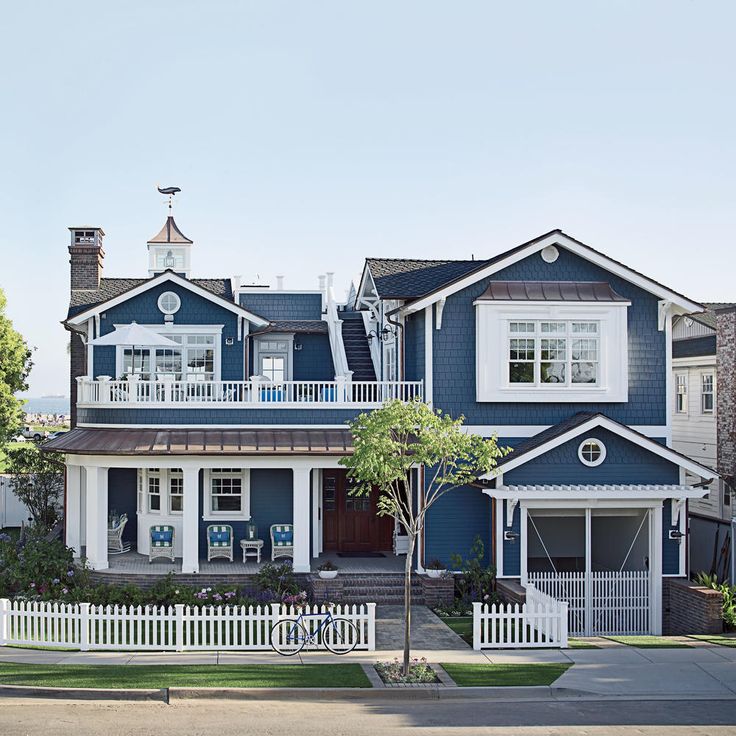
Accessorize with rope-hung mirrors and yacht-print wallpaper.
14. Build in bespoke cabinetry
(Image credit: Stone House Collective/Anna Spaller)
Take panelling to the next level with built-in cabinetry or bespoke joinery that neatly finishes a room. By choosing a mix of closed-in and open storage and shelving, you allow space to display accessories and keepsakes, as well as hiding away clutter. Choose a color scheme that fits with the New England theme for a cohesive look.
15. Go blue in the bathroom
(Image credit: Sasha Kennedy/Future)
A bold color block of ocean blue can bring a coastal breath of fresh air to any interior. It could be the side of a bath, as here; a blue kitchen island idea; or even a blue couch that surfs the seaside look in your living room.
Match the tone of blue to your overall interiors theme. For New England coastal style, that might be a deep or mid-tone blue; for a Mediterranean take on coastal, it might be a brighter, clear shade.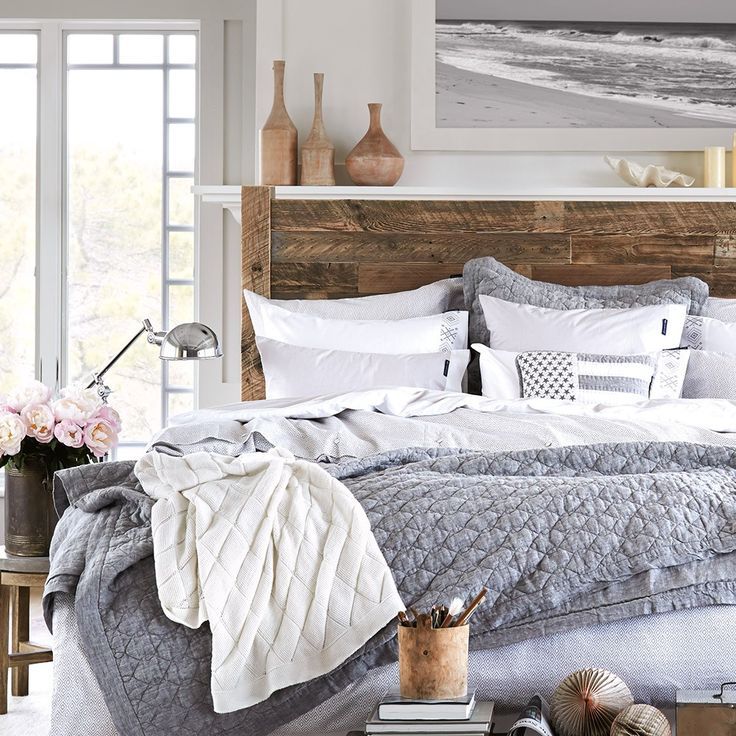 Shades of gray, from stormy to rainwashed, would also work well as a statement.
Shades of gray, from stormy to rainwashed, would also work well as a statement.
What is New England coastal style?
New England coastal style offers a smart, bold take on the traditional coastal look. While using many of the same colors, particularly blue and white, it opts for deeper navy and brighter white as a strong contrast, as well as shades of red and yellow.
Wood panelling across walls and ceilings is a key element, along with natural and polished wood finishes, painted panelling and natural fabrics.
Patterns include stripes, as well as nautical motifs.
What is the difference between nautical and coastal style?
Both nautical and coastal style are informed by the colors, textures and materials that form the landscape of sea and shore. But nautical adds in an extra design element inspired by maritime life – yachts and sailing, the heritage of steamships and ocean liners. That might include porthole shapes, rope details that reference rigging, polished deck flooring and brass or polished chrome details.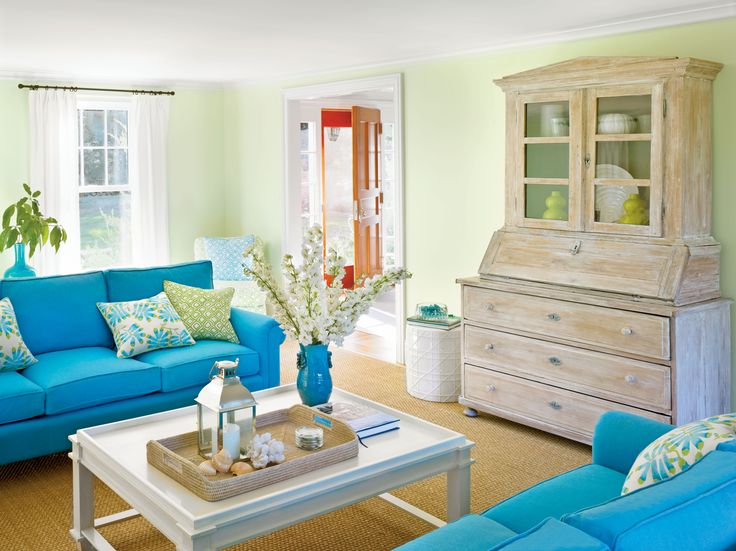 There are also bold colors additional to the white and blue palette, including red, green and yellow.
There are also bold colors additional to the white and blue palette, including red, green and yellow.
'When designing a coastal-inspired space, feature shades of blue and natural textures, such as those found at the beach,' suggests Anna Franklin, interior designer and founder of Stone House Collective. 'Blue is an important element for these spaces as it reflects the different tones of the ocean, which is the key to coastal decor.
'To furnish the room, think about furniture that will fit a casual, comfortable and relaxed aesthetic. Choose materials such as driftwood and light-toned woods, wicker, bamboo or rattan. Continue natural textures in a rug choice, like jute, to help ground the room; and ensure the space feels light and airy by amplifying the light sources – whether through windows or light fixtures.
'By combining these elements, you will be able to create the ultimate coastal space.'
7 Elements of New England Style
- Share43
7 Elements of New England Style | Read how the elements of the different regions of New England influence decor and architecture in a Massachusetts home.
For a long time, I had difficulty when it came to categorizing my style. As I often say, I don’t actually believe that most people fit into one neat little category in any part of life, and decor style is no exception. I would go bananas if I boxed myself into something like “farmhouse” without leaving the door open to other styles. My decor has always been a blend, and I don’t forsee that changing anytime soon!
I love Farmhouse style, but I also love Coastal style, and Cottage. Sometimes I even bring in hints of primitive, traditional, and rustic style. It took me way too long to realize what perhaps should have been obvious from the beginning: I have New England style. I’m inspired by this region that I was born in and I am head over heels in love with the architecture of. Every single element of my design style can be traced back to the things I love about living here.
1. Coastal
Photo via Jane Ellsworth
I am and always have been inspired by the weather-beaten coast, with its proud lighthouses and salty cedar shingles. When it comes to yard choices, Nantucket is my ultimate inspiration with its Adirondack chairs, abundant gardens, and most of all- hydrangeas the size of dinner plates. Ogunquit, Maine calls to me with its rocky coastline, crystal blue water, stunning homes, and quaint little Perkin’s Cove. Whenever I pull blue into my home- both navy and lighter shades, those are the places I’m imagining.
When it comes to yard choices, Nantucket is my ultimate inspiration with its Adirondack chairs, abundant gardens, and most of all- hydrangeas the size of dinner plates. Ogunquit, Maine calls to me with its rocky coastline, crystal blue water, stunning homes, and quaint little Perkin’s Cove. Whenever I pull blue into my home- both navy and lighter shades, those are the places I’m imagining.
Our Camp Porch
Elements of New England Coastal Style:
- cedar shake shingles
- white trim
- white outdoor furniture
- hydrangeas and abundant gardens
- shades of blue, specifically navy
- white picket fence
2. Farmhouse
Sootheby’s Realty via Hooked on Houses
I know “farmhouse” is a buzzy style right now, and it means something different in New England than perhaps it does in other parts of the country. As much as I love the idea of acreage, farmers here usually didn’t have large plots of land as far as the eye could see.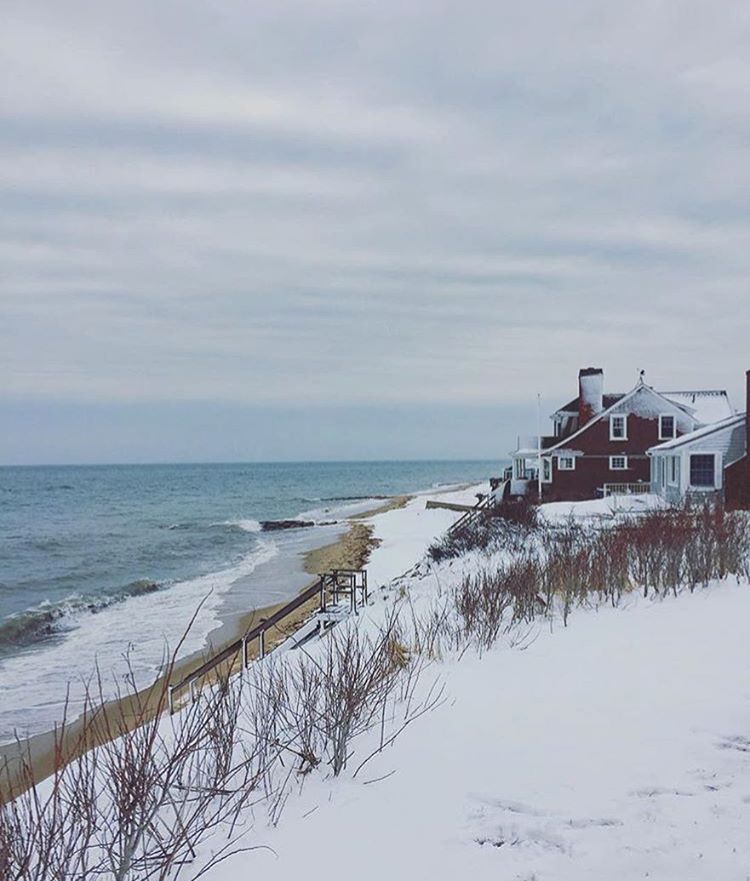 They had tidy yards and lived somewhat close together out of solidarity in a new and wild land. They fought and struggled to get things to grow in the rocky soil, and what they grew was to feed their family and hopefully even to share with their parish in an abundant year.
They had tidy yards and lived somewhat close together out of solidarity in a new and wild land. They fought and struggled to get things to grow in the rocky soil, and what they grew was to feed their family and hopefully even to share with their parish in an abundant year.
via Country Living
I will admit, sometimes I play the comparison game and I wish for a big airy farmhouse with tall ceilings and sprawling porches on a big piece of land. However, our Massachusetts colonial with its low ceilings and neighborhood is actually much more accurate to 1800s “New England Farmhouse” style. In fact, part of our neighborhood (which was a huge selling point for me) includes historic farmhouses with beautiful barns that seamlessly give way to the new homes. Those old farmhouses are the homes I draw inspiration from when it comes to the atmosphere of our outdoor space. Having a farmer’s porch and a backyard garden (and even backyard chickens- maybe someday) is very similar to how my ancestors would have lived, and having a stone wall in our backyard made it feel just like home.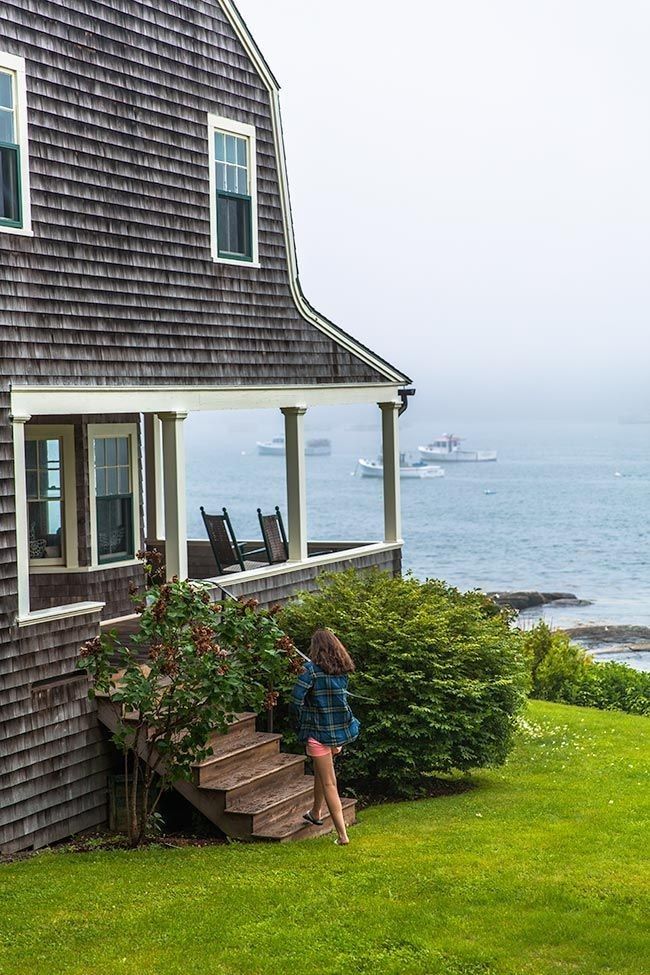
Our Exterior Makeover
Speaking of ancestors, I would be remiss to talk about New England Farmhouses without talking about my home state of New Hampshire. Both sides of my family had beautiful homes of historic farmhouses filled with antiques, big barns, and stone walls that were my playscapes as a child. Nothing has influenced my style quite as much as those homes.
Elements of New England Farmhouse Style:
- colonial style home (often white) with additions
- low ceilings
- central hearth/fireplace
- barn (often red)
- stonewalls
- vegetable garden
- chickens/animals
3. Primitive
Strawberry Banke via Old House Journal
Primitive style is kind of the precursor to New England Farmhouse Style. It’s based more on the communities and villages of the 1600s Puritans.
I’m obviously biased, but my parents home (my childhood home) is a nice blend of New England Farmhouse and Rustic/Primitive style.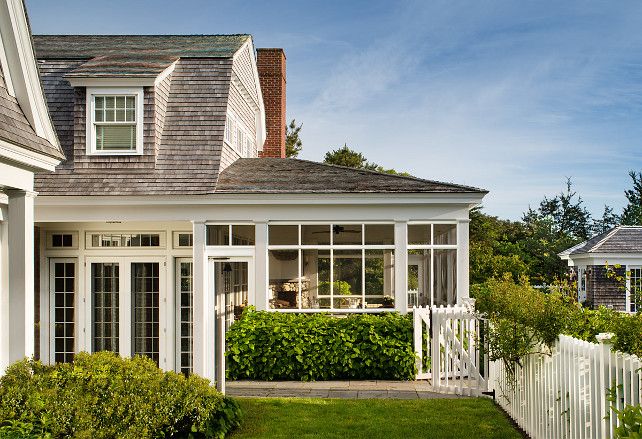 It is a reproduction antique saltbox colonial with beautiful wood beams and tongue-and-groove ceilings. It brings to mind the oldest homes in this country, the 1600s Puritan homesteads in Plymouth, Salem, and Strawberry Banke.
It is a reproduction antique saltbox colonial with beautiful wood beams and tongue-and-groove ceilings. It brings to mind the oldest homes in this country, the 1600s Puritan homesteads in Plymouth, Salem, and Strawberry Banke.
Our Breakfast Nook
When you see me bring in raw wood and antiques, it’s often influenced by my parents’ decor. However, I went the other direction with my love of painting tongue-and-groove white (my dad cringes when I paint things white), so I didn’t adopt the style outright. However, I do appreciate it and I love to dream up ways to decorate in their home.
Elements of New England Primitive Style:
-
- brick hearths
-
- wood ceilings & beams
(or even post & beam)
- wood ceilings & beams
-
- shaker-style furniture, simple lines
- color, but muted (mustard yellow, rust, slate, etc.)
4.
 Rustic
Rusticvia SD Architects
Rustic log cabin style is another common New England staple. Personally, I think it can be overwhelming in large quantities (like the interior of Camp), so I think it’s best to have a few of these focal points in a room without necessarily having a whole room that is floor to ceiling wood with wood furniture. Mack is most drawn to rustic log cabin style because of Camp. I can’t pretend it’s my favorite, but it is important to include in our home because it’s the only thing he really somewhat gives an opinion on.
via Country Living
For this style, think hunting lodge. Lots of wood, plaid, fur, leather- you get the idea. In our Massachusetts home, this translates to things like our wood mantle and pine dining room furniture, which were wood pieces in otherwise light rooms. In our decor, I bring in things for Mack like a dark fur throw, wooden signs, etc. Small doses.
Our Camp
At Camp, I haven’t done much yet. I intend to try to preserve the log cabin character but lighten things up with softer fabrics and white furniture. We’re going the other direction- breaking up an incredible amount of rustic orange-toned wood.
One element of rustic style I can get on board with is the coziness, especially in the winter. There’s nothing I love more than a warm knit blanket and a fire!
Elements of New England Rustic Style:
- log cabin
- large windows
- wood- lots and lots of wood
- leather or dark furniture
- furs and plaid accents
- wildlife motif- deer, bears, fish, etc.
5. Cottage
via Country Living
While the Maine coast inspires me, the Lakes Region of New Hampshire is my true heart and home and the decorating style I most closely identify with. New England Lake Cottage style is a blend of the four styles I mentioned above.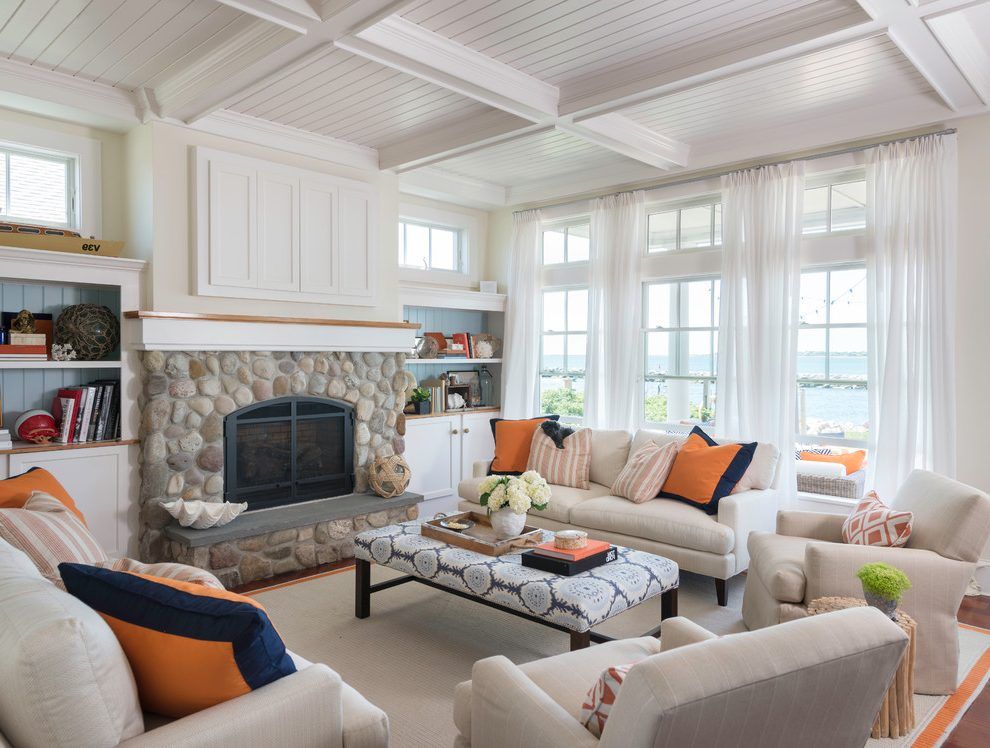 Like all of the styles, its inclusion in my home was once again influenced by family, from my part, my grandparents’ A-frame lake cottage, which we simply call “The Cottage”. Mack, of course, has the hundred-year family history of “Camp” and the dwellings that were there prior to the 1980s log cabin. Camps and cottages are an important component to New England style. Unfortunately, they are somewhat a fading component, as the trend seems to be to tear them down in favor of larger Cape Cod style homes. I get it. They were generally built cheaply and quickly and were not winterized. However, I adore updated cottages with their exposed walls painted a crisp white.
Like all of the styles, its inclusion in my home was once again influenced by family, from my part, my grandparents’ A-frame lake cottage, which we simply call “The Cottage”. Mack, of course, has the hundred-year family history of “Camp” and the dwellings that were there prior to the 1980s log cabin. Camps and cottages are an important component to New England style. Unfortunately, they are somewhat a fading component, as the trend seems to be to tear them down in favor of larger Cape Cod style homes. I get it. They were generally built cheaply and quickly and were not winterized. However, I adore updated cottages with their exposed walls painted a crisp white.
Our Dining Room
When you see planking and board-and-batten in our home, that is what it is influenced by, as well as any light and bright colors.
Elements of New England Cottage Style:
(a mixture of many other styles)
- tidy, small homes
- wood walls, planked or tongue-and-groove, or exposed studs and rafters (sometimes painted white)
- white outdoor furniture
- hydrangeas and abundant gardens
- light or bright colors
- lake or nautical inspired decor: fish, signs, paddles, boats
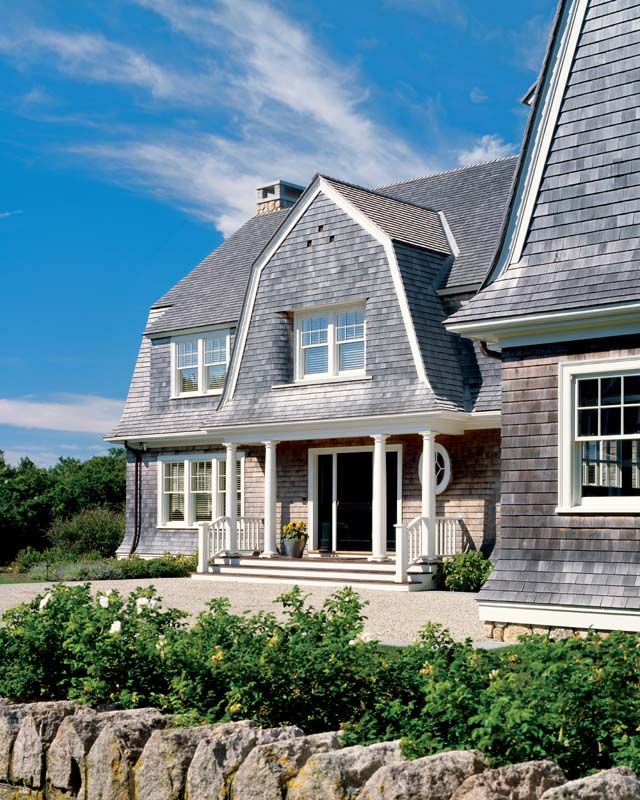 Seaport Style
Seaport Stylevia The Daily Portsmouth
This was hard to define. However, I wanted to make sure to mention that I appreciate the historic elements of New England coastal cities. Portsmouth, NH is one of my favorite places to visit (and eat! Oh my gosh, the restaurants!). It blends the new and old so beautifully. While I prefer Portsmouth, I love the historic elements of Boston and the Old Port in Portland, Maine, as well.
Our Exterior Updates
When I bring in dark metal finishes and lanterns, those places are what I’m picturing. My plans for a brick patio are influenced by Market Square in Portsmouth.
Elements of New England Seaport Style:
- cast iron lanterns
- bouys, boats, and other nautical decor
- lobster traps
- brick homes
- brick walkways
- colonial homes
- white trim
- window boxes
- small front gardens
7.
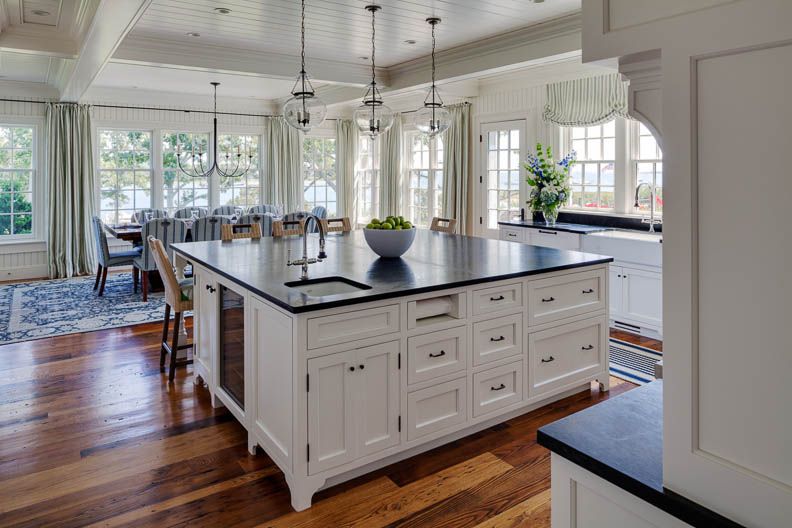 Traditional
Traditionalvia Boston Design Guide
Similar to rustic style, traditional style isn’t necessarily at the top of my list, but the influence is there. I feel like I could have pushed in that direction with this house and decor when we moved in, but I also think it would have felt forced and inauthentic to our family’s personality.
Our Kitchen
With that being said, the dark wood floors, white trim, white cabinets, and white built-ins throughout our home are a nod to traditional New England style. Really, if you removed the accessories and furniture, the base in a lot of the rooms in our home is pretty traditional.
Elements of New England Traditional Style:
- colonial style home
- columns
- palladian windows
- dormers
- white kitchens
- white millwork and paneling
All in all, I love the area I’m from, and I’m so proud to be a New Englander.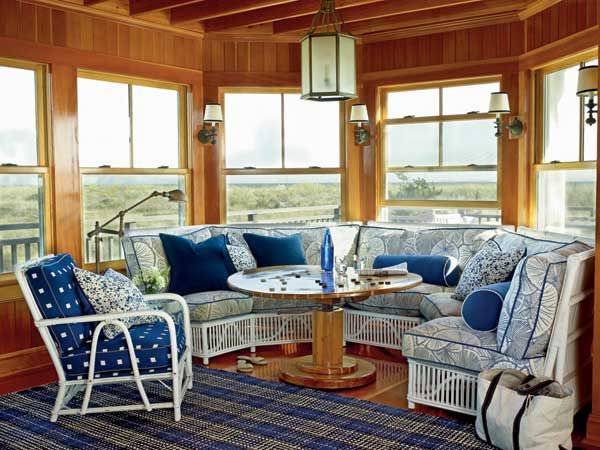 I love that it has played so heavily into my decor style developing into what it is. Do you love New England style? What’s your favorite element?
I love that it has played so heavily into my decor style developing into what it is. Do you love New England style? What’s your favorite element?
So many different coastal styles for equally great results
Whether you're a fan of classic New England seaside villas, or the warm and inspiring bungalows of the US South, or the nostalgic cottages that adorn the UK coastline, beach style - simple, airy, casual and inspiring in all its variations - can transform any home.
Well, how can you not love him? Take a look at the interiors we would like to tell you about today. One of them is sure to resonate with you!
New England recipe
Classic and elegant, New England coastal style draws inspiration from the region's rich maritime history. Whites and blues dominate homes around the Hamptons, Martha's Vineyard, Newport, and Nantucket, as do materials such as weathered teak and those made from various parts of water hyacinth that are resistant to salty winds.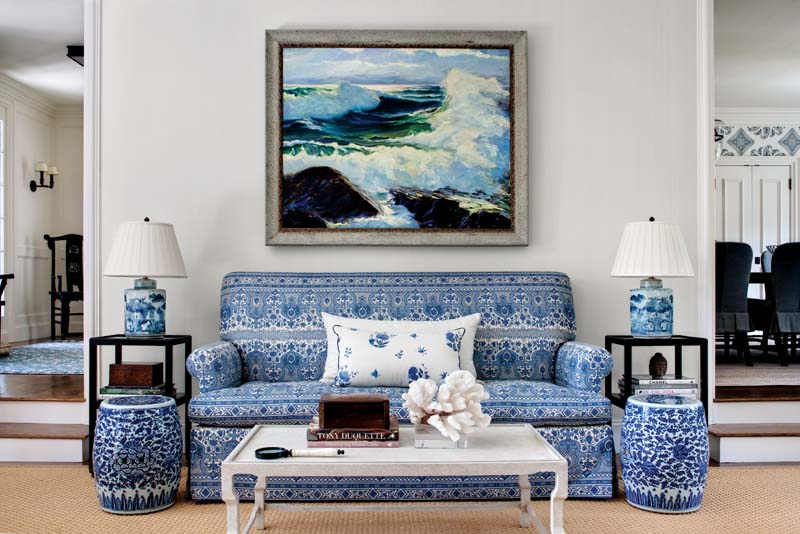
This style calls for simplicity in everything, so the number of elements in the corresponding interior should be limited and include upholstered furniture with covers, smooth wooden floors or coverings made of natural fibers and a few rattan or straw accents.
Choose authentic decorations like large wicker baskets, netted glass buoys and vintage seascape paintings.
Southern charm
Aesthetics of the southern version of the beach style encourages relaxation, imposing and unhurried pastime. One involuntarily imagines a late party in a luxurious residence on the coast, finally breathing deeply after the heat of the day.
Tall verandahs, historical details and antique relics - all these signs of a rich and busy life are fully characteristic of the appearance of a traditional house located somewhere in South Carolina.
Verandas are of great importance for southern architecture. They are well furnished (and not at all with the furniture that has already served its time in a home interior).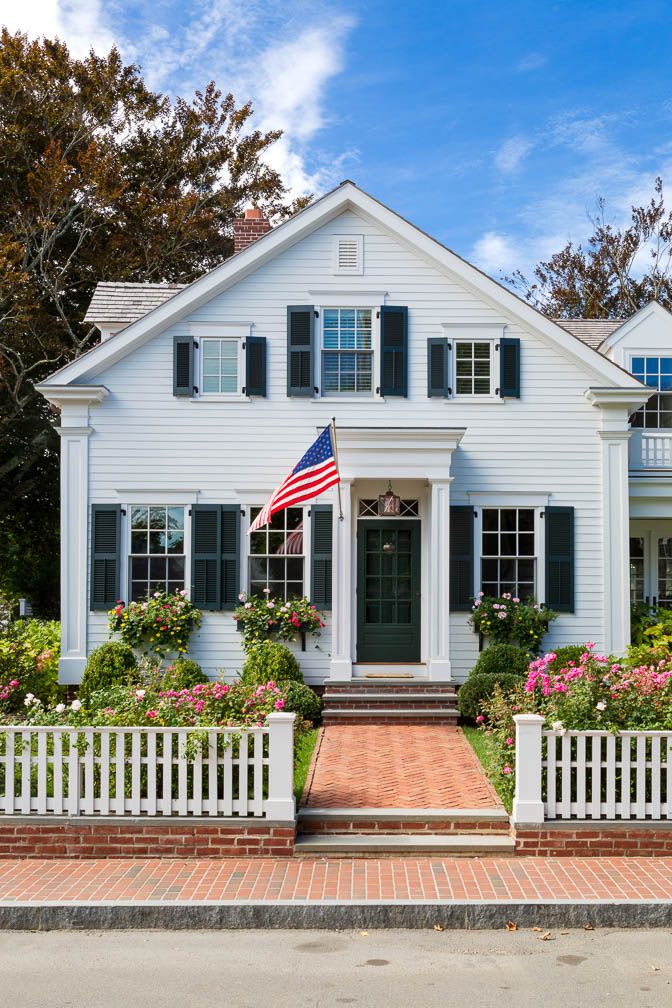 Common elements are ceiling fans, painted shutters, and plenty of comfortable chairs. Such attention to the design of the verandas is due to the fact that they are widely used - for relaxation, entertainment, reading, or even as a place to sleep for friends who lingered on a visit (with blinds, of course).
Common elements are ceiling fans, painted shutters, and plenty of comfortable chairs. Such attention to the design of the verandas is due to the fact that they are widely used - for relaxation, entertainment, reading, or even as a place to sleep for friends who lingered on a visit (with blinds, of course).
California Cottages
Warm, modern, organic and serene, the Californian interpretation of the coastal style focuses on the idea of being outdoors as much as possible, all year round from morning to night. Furniture in the style of the 50s harmoniously coexists with diverse textiles and elements of natural origin.
California cottage interiors typically display a sunny, cheerful palette of lemon, mustard and turquoise along with an abundance of white and natural wood tones. The decor suggests the presence of unique handicrafts and vintage finds.
Furniture should be simple and casual. Canvas, cotton or linen upholstery, reclaimed woods and botanicals take center stage.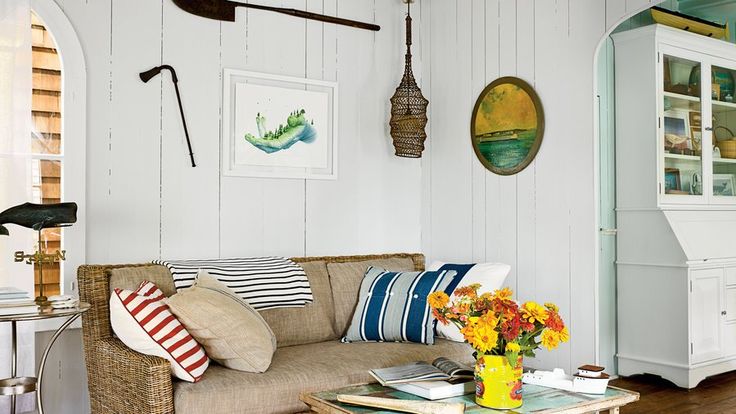 Maximizing natural light is an important priority, which is ensured by large windows - completely without decor or with light curtains, but by no means buried in heavy curtains.
Maximizing natural light is an important priority, which is ensured by large windows - completely without decor or with light curtains, but by no means buried in heavy curtains.
Beach Glamor
Popular in several parts of the US, this coastal style is colorful and playful. Focus on a muted palette of blues and whites, invigorated by animal prints and pretentious lighting fixtures. A possible alternative to the latter is exquisite organic chandeliers made of glass or porcelain.
Colors are used confidently, but not overzealously. It's best to focus on some primary hue (sunny yellow, bright green, and blue) and place it in a neutral environment.
A harmonious look is guaranteed with the following ratio: 80-90% classic beach elements to 10-20% obviously glamorous.
Other less-expected elements that can add glam to a beach setting are massive chairs upholstered in leather or hide, modernist lamps and oversized paintings.
British coastline
A cursory glance at the interiors of British coastal houses, with their bleached surfaces and faded textiles, seems like looking at a beautiful postcard depicting a scene from another, irretrievably bygone time.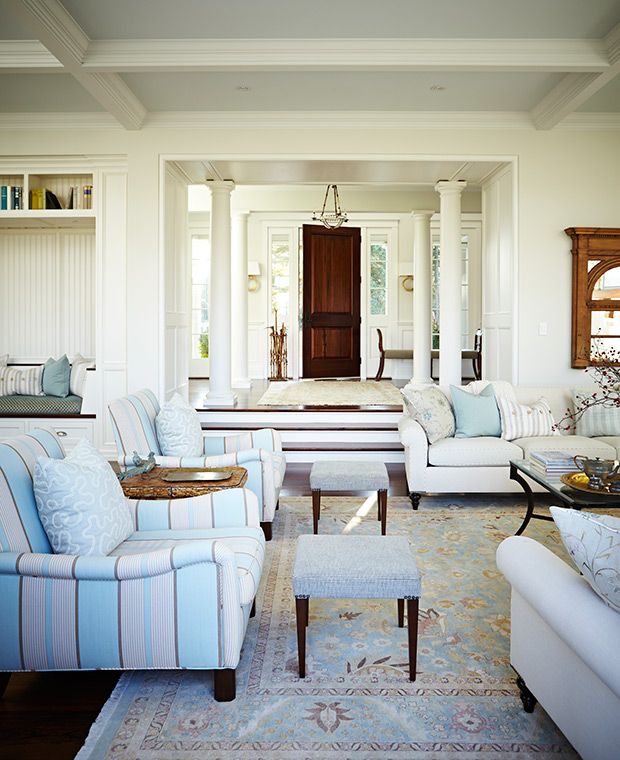
White paint - in very large quantities - is perhaps the main ingredient in these spaces. You will need to cover the walls, ceiling, floor and some of the furniture with it to give them a fresh and at the same time nostalgic milky shade.
Vintage woods and pewter, beach finds and muted textiles that look like they've been sun-bleached stand out against a clean white background.
The charm of coastal interiors is largely due to their simplicity, so it is extremely important not to overload the space and focus on the image of a seaside hut, where you only have what you need.
Seaside Village
Like its British brother, the American Coastal style with a rustic interpretation is unthinkable without antiques and vintage finds, but involves the use of red, white and blue colors in the interior. Glazed planters with flowers and striped textiles will help create the right mood.
What do you think about the coastal or beach style and its implementation? Which one did you find the most attractive? It is important for us to hear your opinion!
Houzz Ireland: New England Spirit in a Modern Irish Home
Gayle Wall Morris was delighted when a client asked her to decorate her house on the coast of Southern Ireland in the spirit of the interiors from the movie "Love by Rules and Without" with Jack Nicholson and Diane Keaton.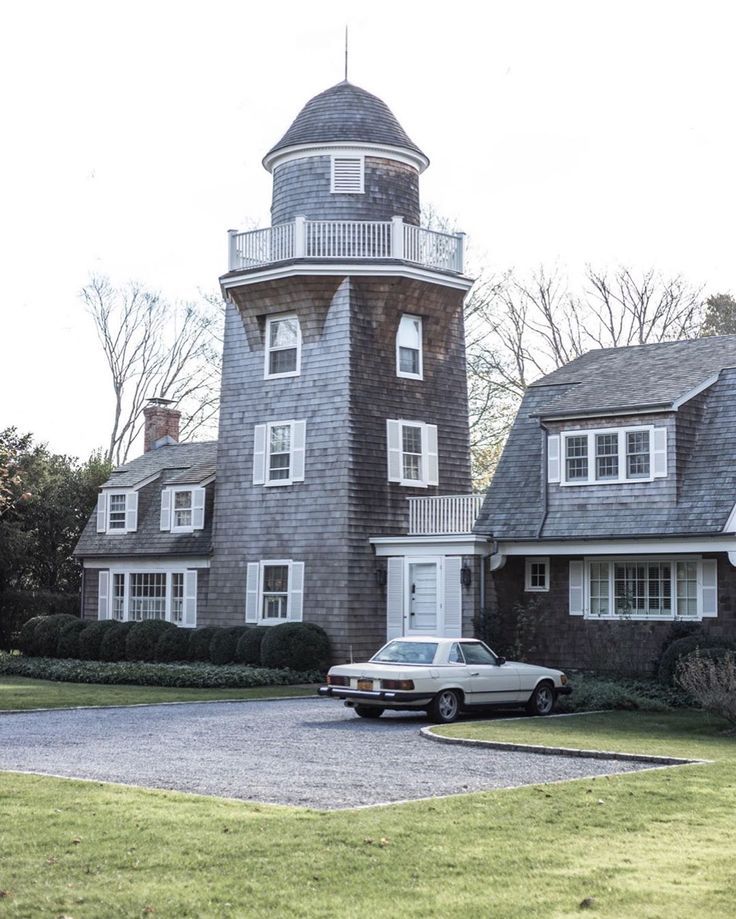 “When customers can clearly explain what they need, relationships with them will be great. The owner delved into the process of design and construction, was always in the know, which made the project even better. Every month we went back to the film and looked at the home that inspired the client,” says the designer.
“When customers can clearly explain what they need, relationships with them will be great. The owner delved into the process of design and construction, was always in the know, which made the project even better. Every month we went back to the film and looked at the home that inspired the client,” says the designer.
Wall Morris Design
On project
place: Southern Ireland
Property: One -story house "G", with an attic
Size: 4 bedrooms , 3 noodles 9006 Who lives here: Young man
Designed by Gail Wall Morris, Wall Morris Design
When Gail Wall Morris was hired to work on the project, the house was already under construction - the building permit needed in Ireland was about to expire. “I live three hours away from this house, so we talked by phone or email. But the client and I got to know each other pretty well and got along really well,” Gail laughs.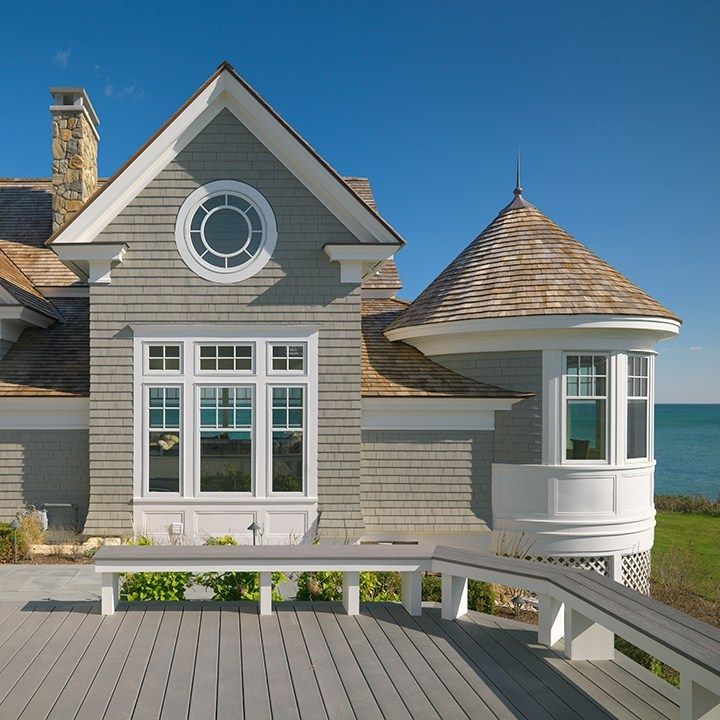 “By the time I arrived, the block structure of the house was already ready, we just had to make small changes.”
“By the time I arrived, the block structure of the house was already ready, we just had to make small changes.”
Lighting: Hicken Lighting; joinery: Teamwoodcraft; furniture: client's property shipped from USA
Wall Morris Design
To create an interior that was as close as possible to the house from the movie "Love with Rules and Without", it was necessary to make the two-height open-plan space more intimate. “We achieved this through lighting and built-in wardrobes that marked the boundaries of the zones. Interior details were created using ornaments, panels and shelves, seating areas on the windowsill, cabinets and tables,” continues the author of the project.
The renovation, from the first interior discussions to the final details, took exactly one year. “In the end, I often went to the site. Teamwoodcraft carpentry made all the panels, stairs and woodwork. Compliance with my drawings is simply amazing, ”says Gale.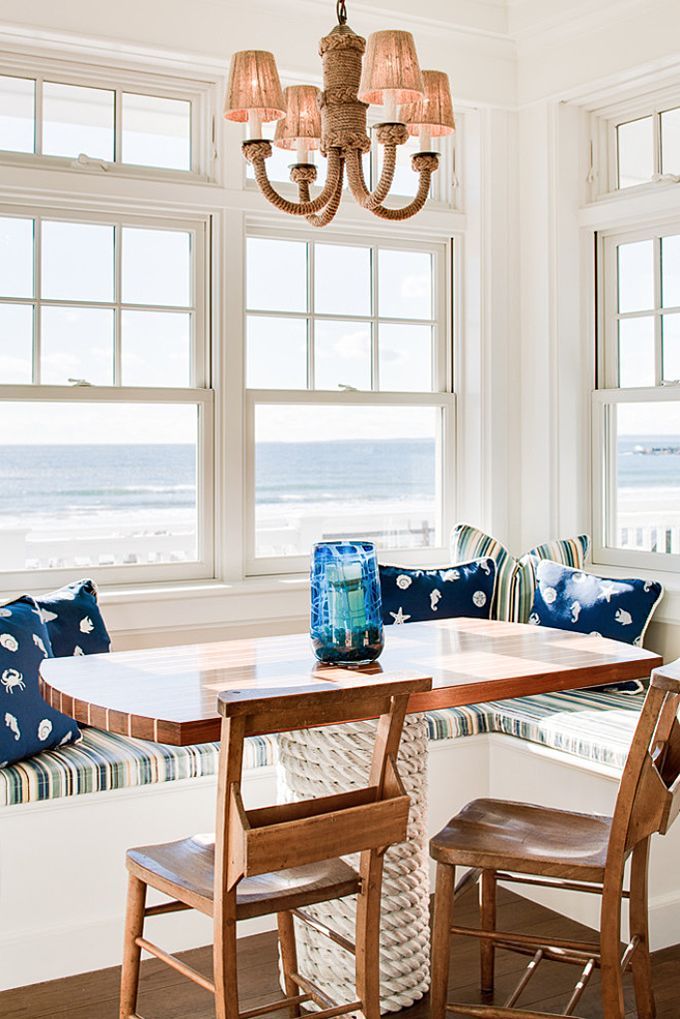
Countertop: Artefaction
Wall Morris Design
To separate the kitchen, dining and living areas in this spacious space, the designer used different types of wood finishes. “Around the kitchen, we built small niches to separate the low areas from the high ones. In the latter, panels of different widths were used - a technique peeped in the interiors from the film, ”comments Gale.
Wall Morris Design
Built-in niches, interior doors and paneling on the walls and stairs - all done in the same style. When choosing paints for the house, the designer and client settled on a neutral palette.
Wall Morris Design
“I take great pride in my carpentry work. Carved panels help to divide the space, frame lamps, paintings or furniture. The panels on the top of the wall balanced the too high ceiling (5.5 m),” explains the author of the project.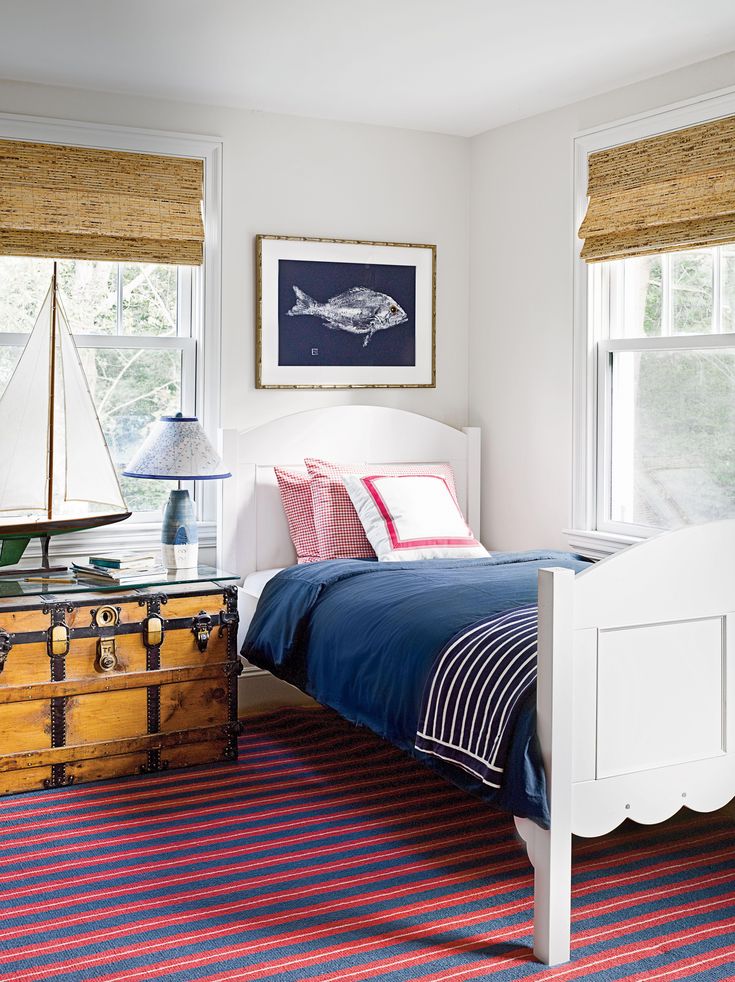
Panel paint: Off White, Old White; Wall Paint: Light Gray, all - Farrow&Ball
Wall Morris Design
Panel Paint: Tunsgate Green, Farrow&Ball; wall paint: Inviting Gesture 0393, Colortrend
Wall Morris Design
“A client and I agreed on a love for dark wood floors,” says Gale. - Such a contrast sets off the neutral range of the interior. To this combination, you can add another shade of wood, as well as glass and metal.
Wooden floor: Trunk
Wall Morris Design
Since the house is located in a remote part of Ireland, there were some logistical difficulties. The designer hired an assistant for this job.
Wall Morris Design
“I love the size of the cabinet. It's nice to walk into this small room with a great view,” notes Gale.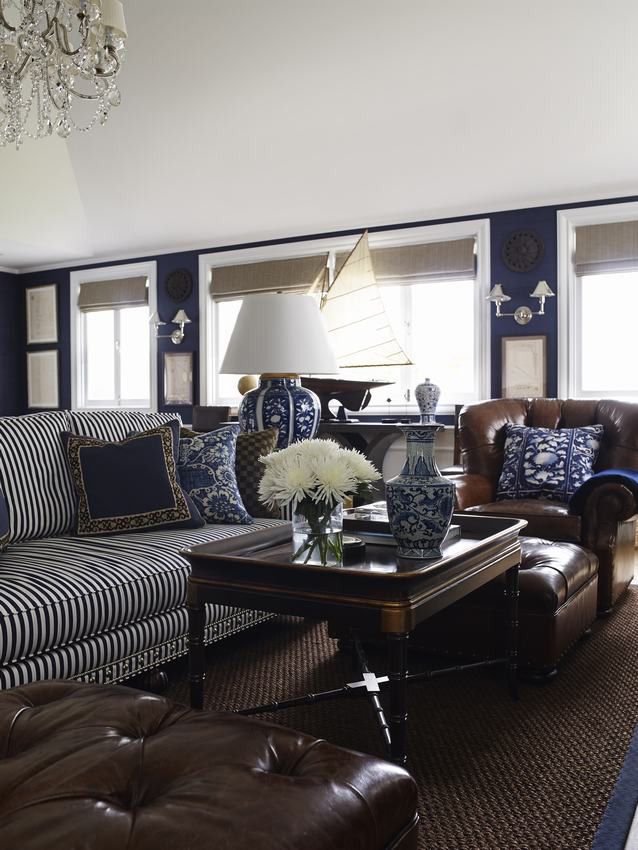
Wall Morris Design
“Many people ask where this clock on the wall comes from. My client brought them from the USA, but I could not find out the manufacturer. However, there are many similar options,” says the designer.
Wall Morris Design
A clawfoot bath was installed in the bathroom next to the master bedroom.
Wall Paint: Blue Gray, Farrow&Ball
Wall Morris Design
- Only legs were added to make the design more like the rest of the furniture. A blank panel was installed behind the legs so that nothing could roll under the cabinet, and it would be easier to clean the bathroom.”
Lighting: Visual Comfort & Co.
Wall Morris Design
The panels were also installed in the master bedroom.